Acquired by Nike in 2021, RTFKT marries physical sneakers with their digital counterparts, creating unique experiences that blur the line between the real and virtual worlds.
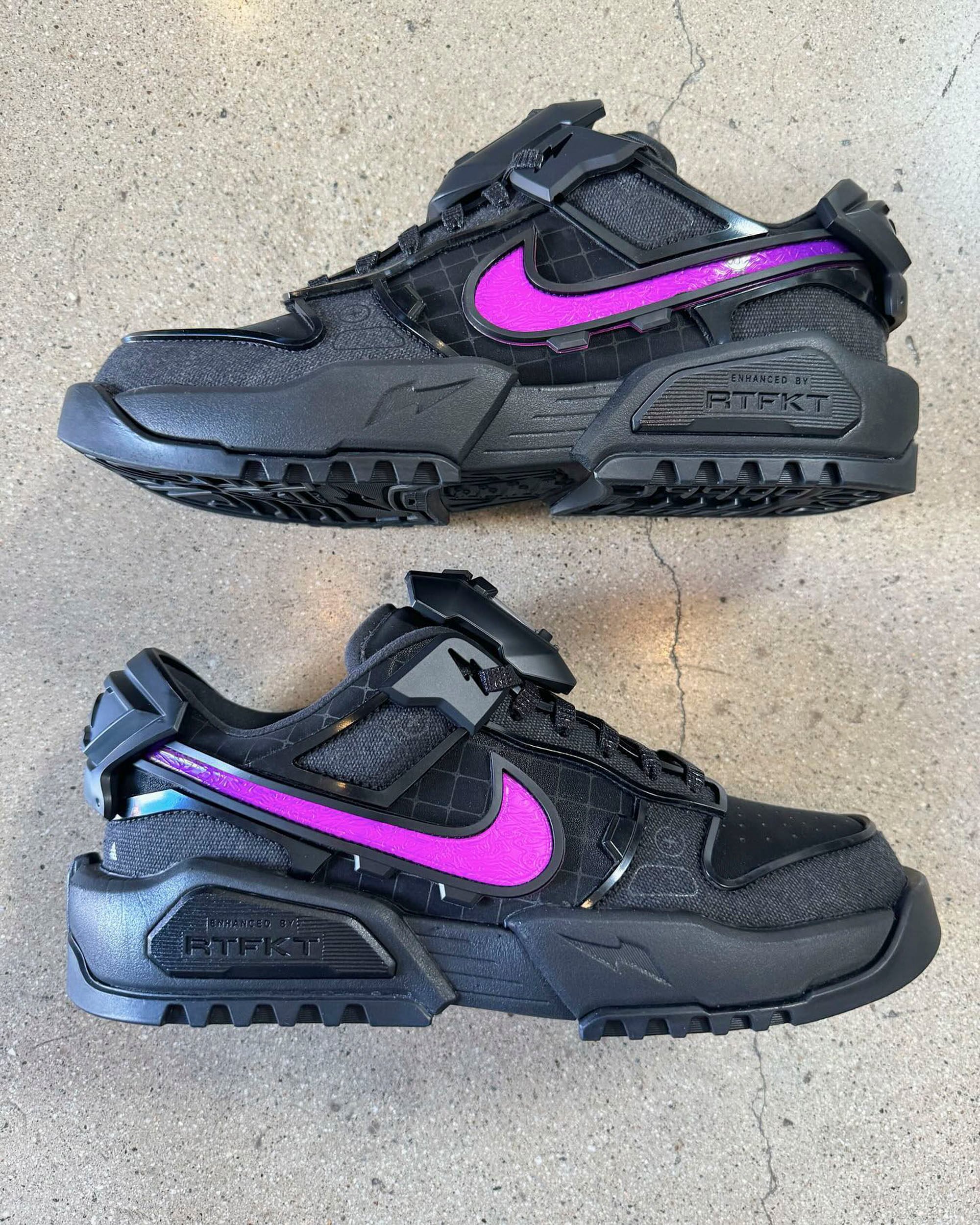
Each RTFKT sneaker is equipped with an NFC chip, allowing users to unlock exclusive digital assets, such as non-fungible tokens (NFTs), that enhance the sneaker’s story and value.
“The future and change are inevitable,” says RTFKT co-founder Steven Vasilev. “Everything will evolve over time and new technology will continue to accelerate and merge with our daily lives.”
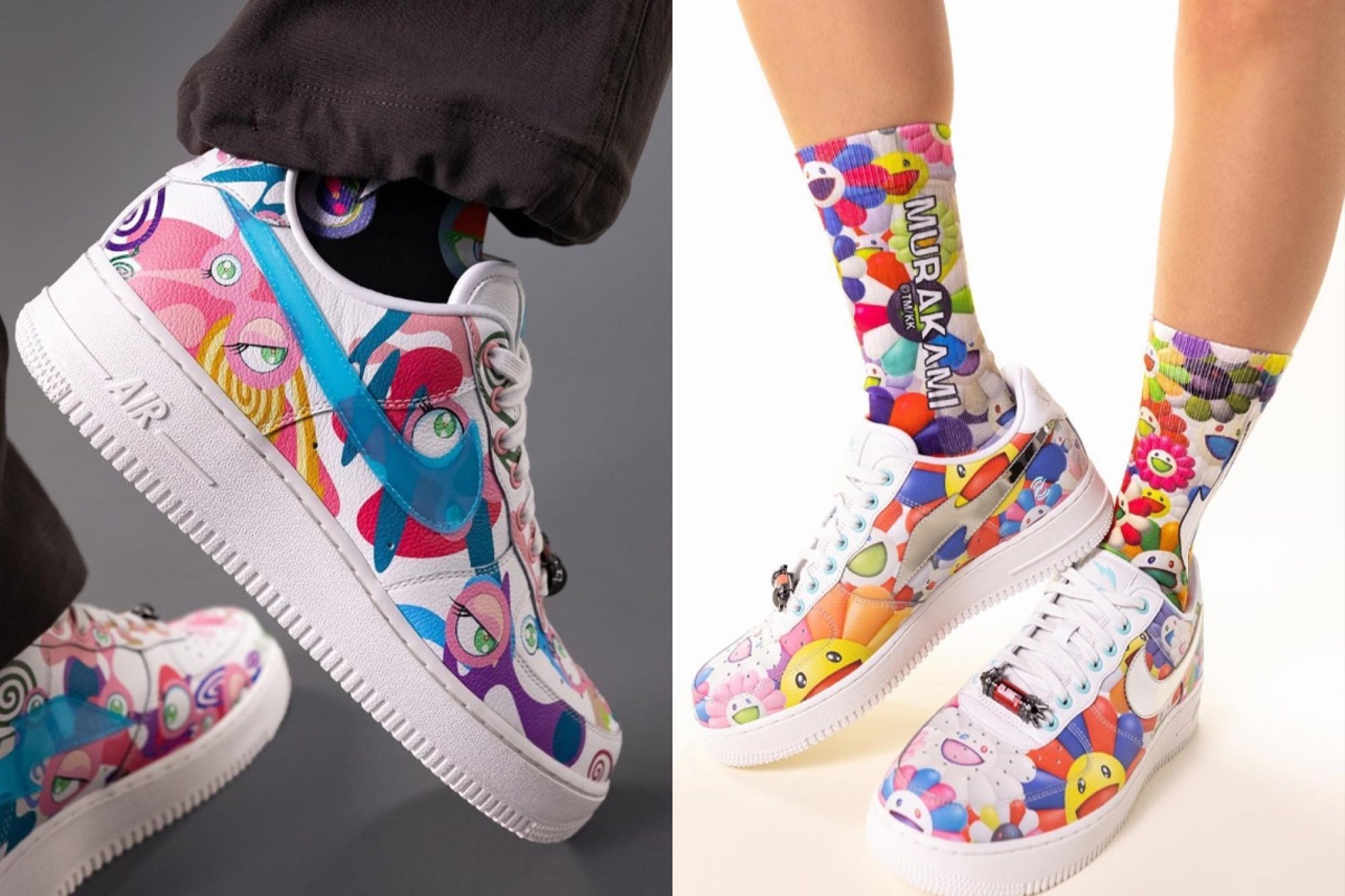
RTFKT has brought to market more than 20 sneaker designs, including various iterations of Nike’s popular Air Force 1 inspired by the traits of its avatar NFT collection Clone-X, as well as a new silhouette dubbed the Cryptokicks IRL.
There’s also an upcoming gaming-inspired iteration of the Nike Dunk, which Vasilev says “takes an evolutive spin on a sneaker classic, bringing it into the future with armoured modular aesthetics”.
RTFKT’s approach to sneaker digitisation has paved the way for Nike’s digital sneaker initiative, .Swoosh, which aims to empower its community to co-design virtual sneakers while granting access to exclusive physical products.
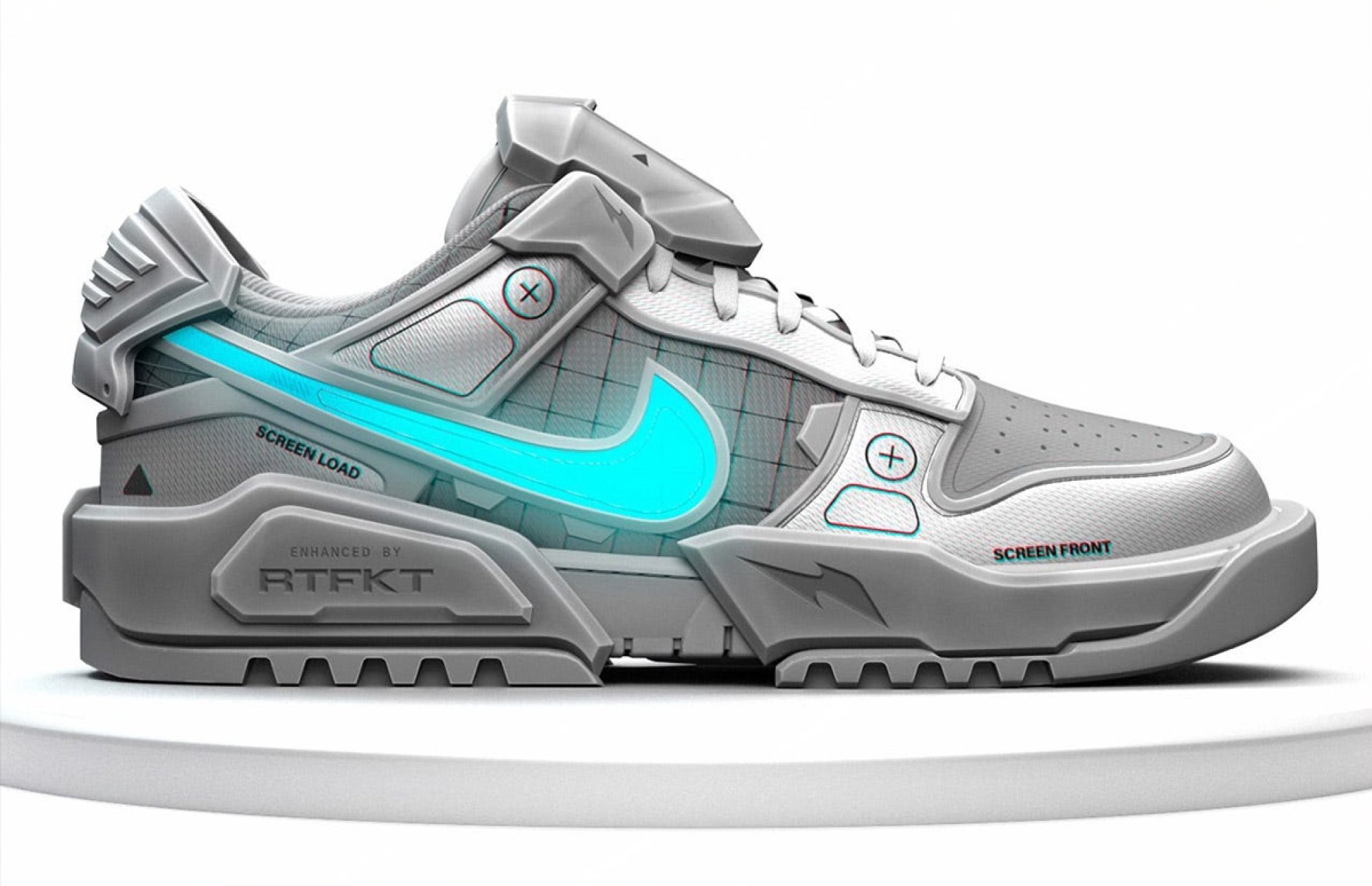
This collaborative push is further exemplified by Sol3Mates, a brand founded by Chalhoub Group, a Dubai-based luxury goods retailer and distributor.
Sol3Mates acts as a platform for emerging designers, providing them with the tools and resources to bring their creative visions to life.
“We thought of Sol3Mates like a music label, but for sneaker designers,” says co-founder Nick Vinckier. “Our idea was to help these designers not just collaborate, but actually lead the creation of their own sneaker styles.”
2023 sneaker trends: from Adidas and New Balance to Asics, On and Salomon
2023 sneaker trends: from Adidas and New Balance to Asics, On and Salomon
Elaborating on how blockchain technology has changed the sneaker game, Vinckier explains that the ability to connect physical products with digital tokens allows them to build a community, allowing consumers to feel special and be part of decision-making processes.
The digitisation of sneakers extends beyond design and community engagement – it’s transforming manufacturing too.
Zellerfeld, a 3D-printing company, has emerged as one to watch, offering a sustainable and accessible alternative to traditional sneaker production methods.
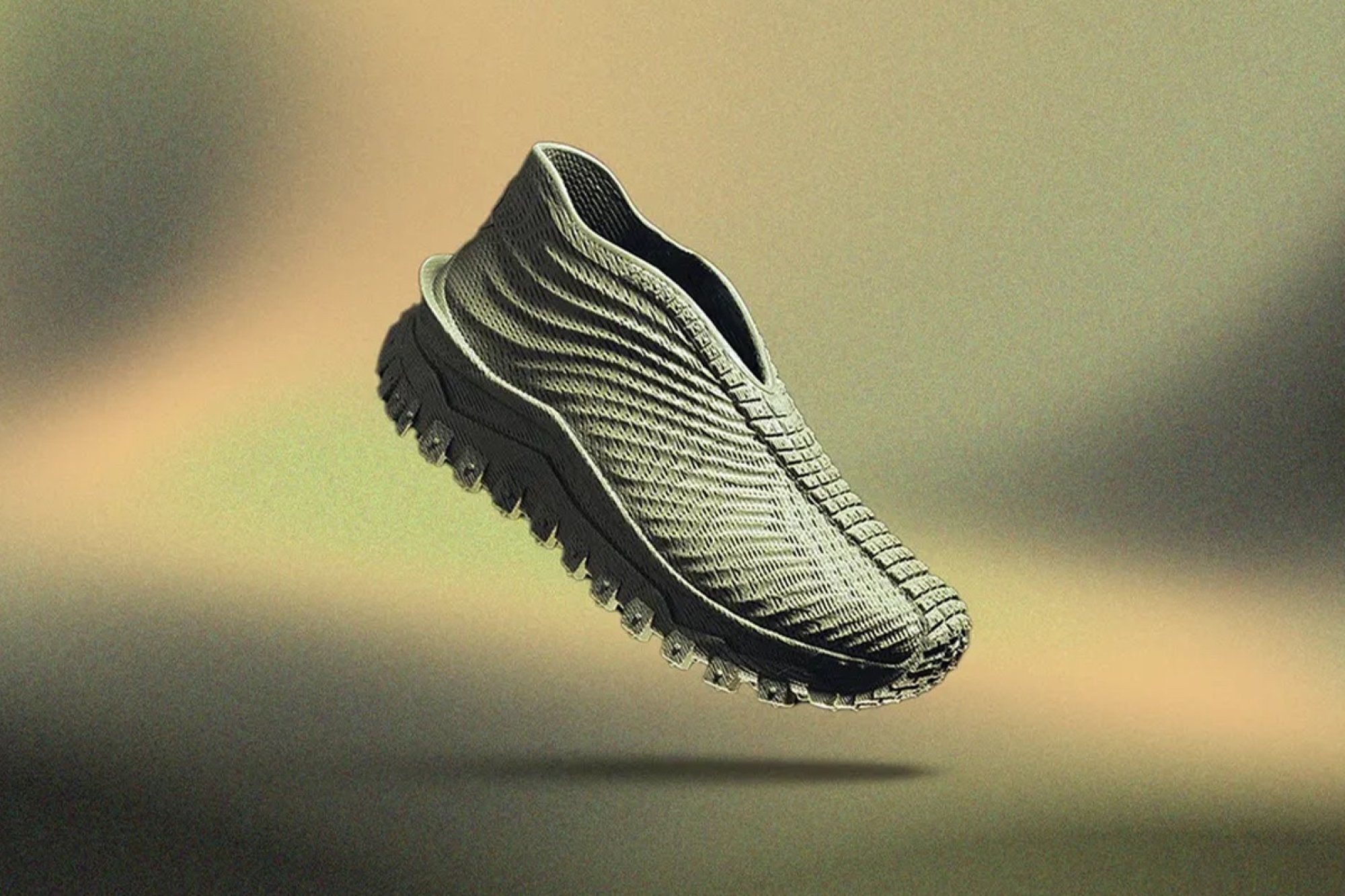
Zellerfeld’s approach eliminates the need for factories, reduces environmental impact and lowers production costs, making it an attractive option for brands seeking to optimise their supply chains.
3D printing has opened up new avenues for sneaker design, enabling the creation of intricate and previously impossible styles. This technology has empowered designers like Kacimi Latamene, known for his viral sneaker mock-ups, to translate their digital creations into physical reality.
Latamene’s work with Sol3Mates resulted in the Sirocco 1, a sneaker that bridges the gap between the digital and physical worlds.
“In my vision, the shape of the sneaker should follow its function,” Latamene says.
Year of the Rabbit sneakers, from Nike and New Balance to Gucci and Givenchy
Year of the Rabbit sneakers, from Nike and New Balance to Gucci and Givenchy
He seeks to “push back the boundaries of manufacturers by inviting them to integrate new technological innovations and find new processes”.
Digitisation across the sneaker industry is not exclusively about hi-tech; the end goal is to forge deeper connections between brands, designers and consumers.
By blurring the lines between the virtual and tangible, brands are making sneakers more than just footwear – the iconic shoes are evolving into cultural touchstones that reflect the ever-changing landscape of fashion and technology.
Echoing this is Jeff Staple, the iconic streetwear designer and founder of New York-based visual communications agency Staple Design.
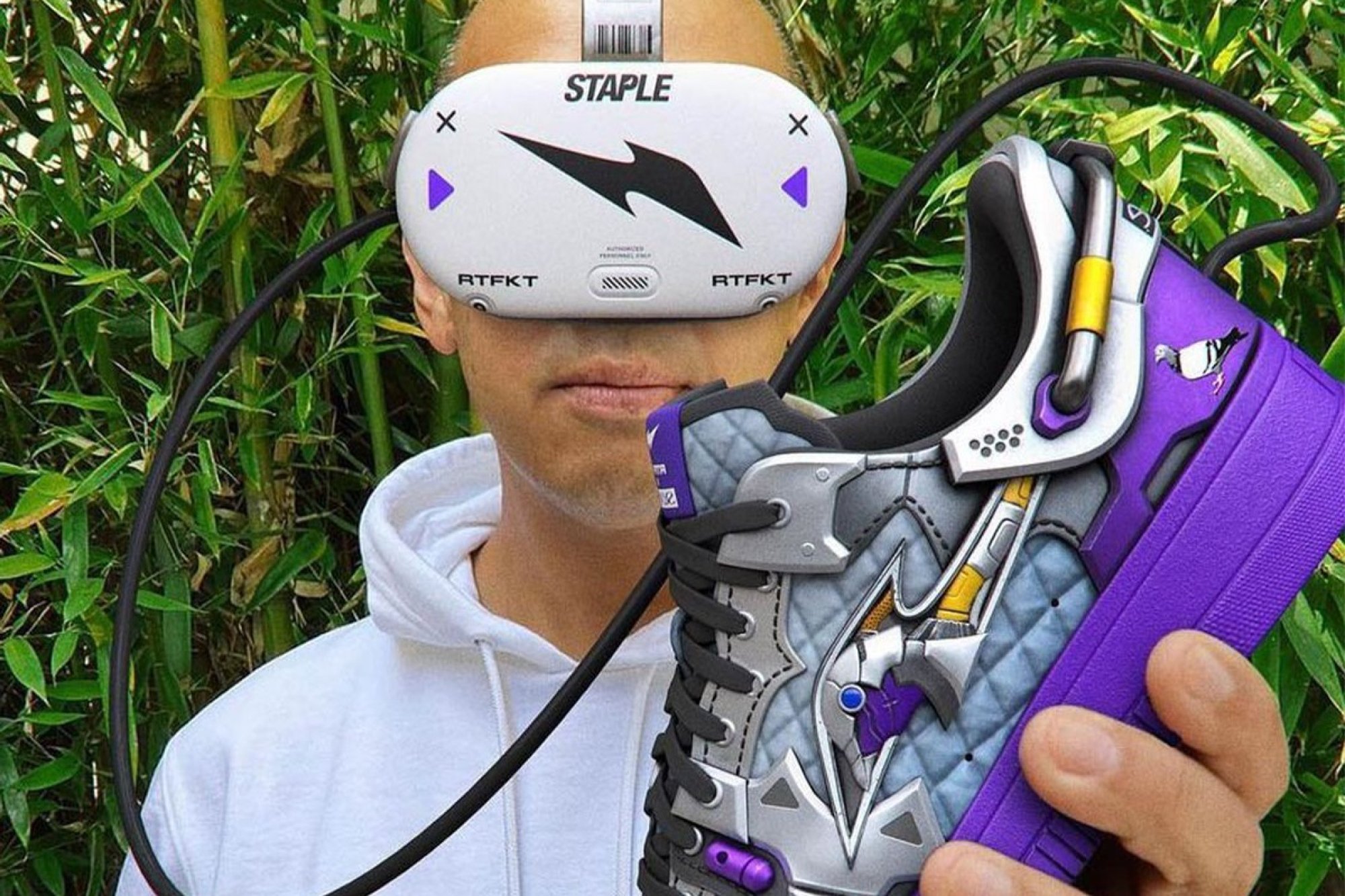
Staple foresees a future where sneaker stores remain relevant and feature display models exclusively, with “regular customers” buying directly off the shelf and “community members” enjoying customised, exclusive options.
The process involves scanning customers’ feet for on-the-spot, zero-waste shoe production, with all materials being 100 per cent closed-loop recycled. Collaborations are tracked on the blockchain for fair compensation of all parties.
Staple asserts that this fusion of physical and digital experiences is not a distant dream but a current reality, awaiting optimisation for widespread adoption.
“This is going to happen,” he says.

